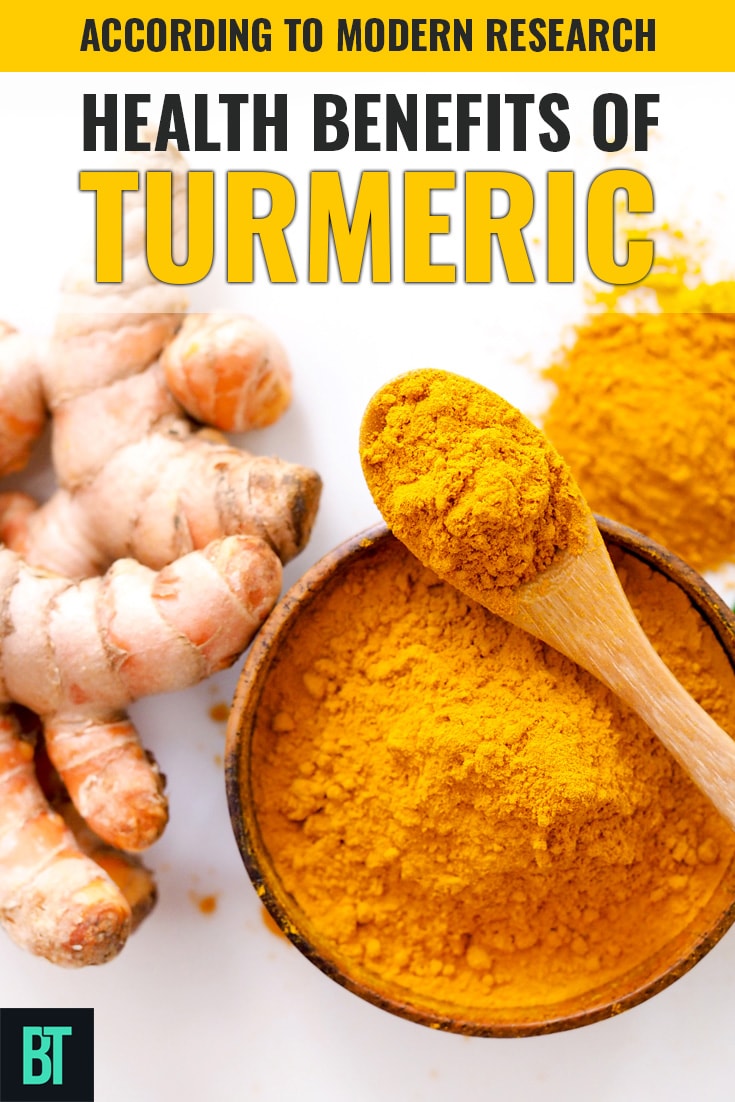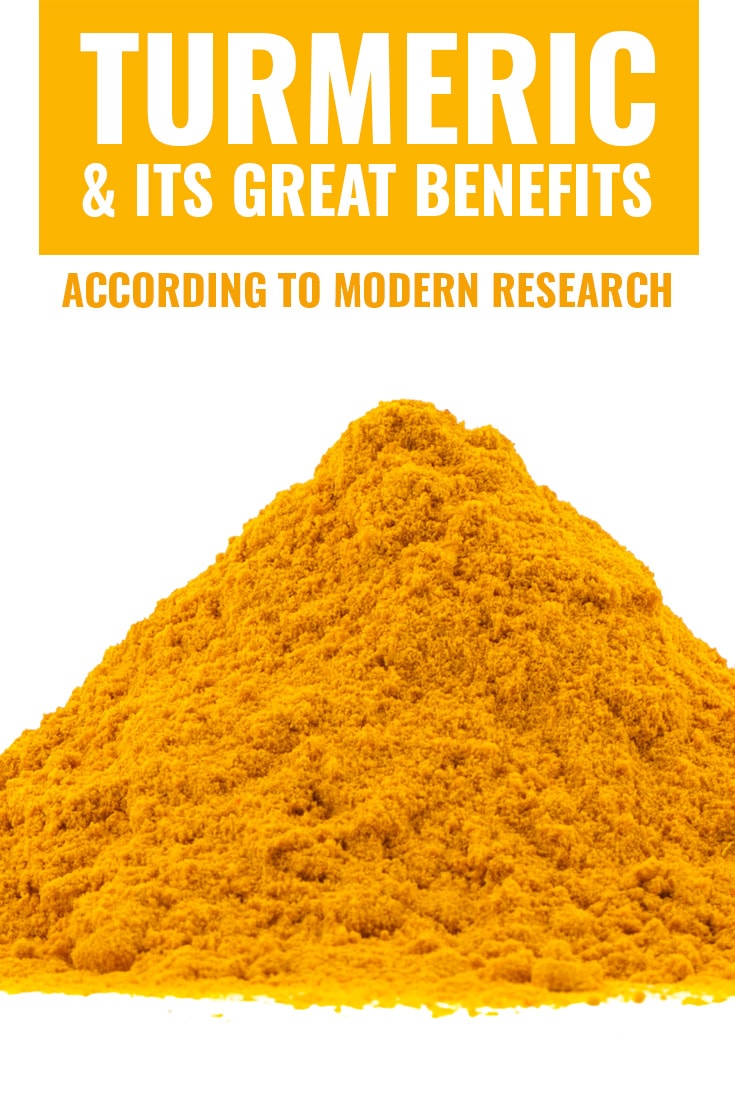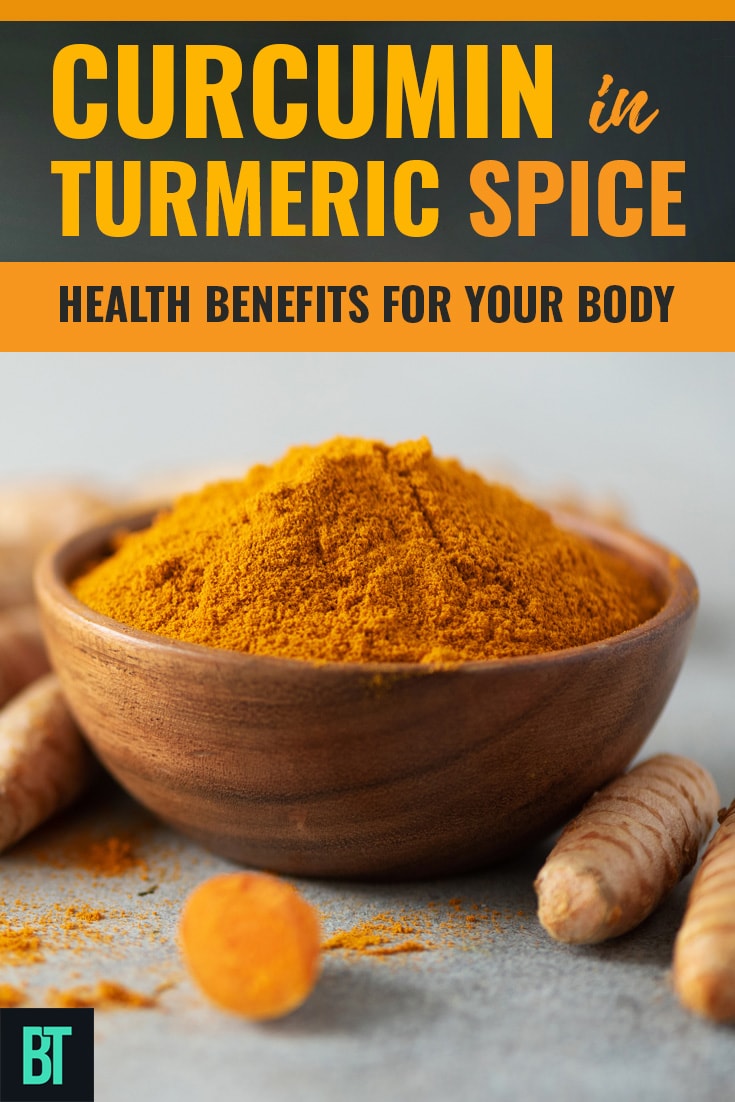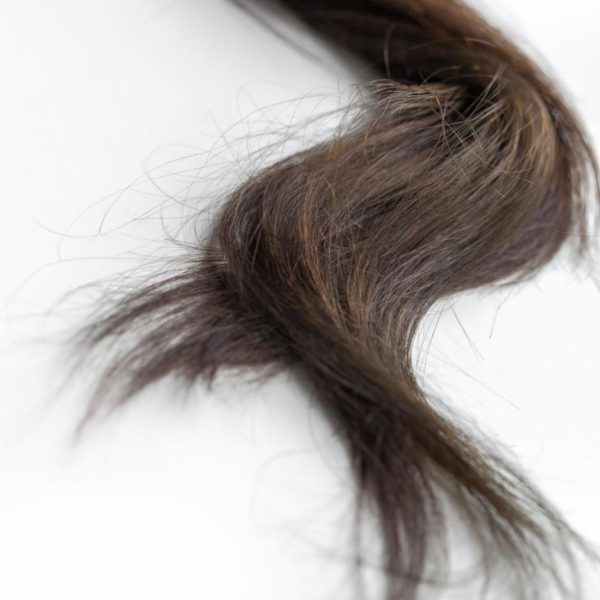Turmeric, the deep orange/yellow spice used in curries and other South Asian and Middle Eastern cuisines, comes from the same family as the ginger.
Native to tropical climates, it needs temperatures between 20 and 30 degrees Celsius (68-86 Fahrenheit) to thrive.
What we eat comes from the rhizomes, those tubular shapes in the root. If not eaten fresh, the rhizomes are boiled for hours, dried then ground to a powder. The active ingredient in the turmeric is curcumin and it has an earthy, slightly bitter, slightly spicy taste, with a touch of orange/ginger smell. It was once called Indian Saffron and was used to replace the more rare and much more expensive saffron.
A city in south India, Erode, is known as the wold’s largest producer of turmeric, and the trade center for the whole of Asia.
As his relative the ginger, the turmeric is high in manganese and iron, with a healthy dose of vitamin B6. It has been used in the Chinese and Indian medicine as an anti-inflammatory remedy to treat various conditions from flatulence to jaundice, from menstrual cramps to toothache and bruises.
What Modern Research Tell Us About the Health Benefits of Turmeric?
Anti-Inflammatory
Turmeric’s anti-inflammatory characteristics have been checked in numerous trials. The results show that it is more potent than over the counter medications such as Motrin and almost as potent as the prescribed Hydrocortisone.
Unlike those drugs which have side effects, the curcumin produces no toxicity. What’s more, the amount needed to produce that effect is very small and can be easily supplied by adding it to food or by making detox drinks, a ‘warm’ way to improve your health.
Inflammatory Bowel Diseases
Such as Crohn’s disease or ulcerative colitis can benefit from adding turmeric to the diet, a fact that was shown in research on mice.
Researchers are not yet sure how the spice works but they speculate the results are not only due to the antioxidant nature of curcumin but that it also helps in inhibiting major cellular inflammation agents called NF Kappa-B.
Rheumatoid Arthritis
Since the turmeric is a potent antioxidant, it is able to neutralize free radicals, which are responsible for many missed connections in our body and mind.
Turmeric’s combination of anti-inflammatory and antioxidant may explain why many rheumatoid arthritis sufferers feel relief when they use turmeric regularly.
Cystic Fibrosis
Animal study, published in the magazine Science in 2004, show that turmeric can correct the most common expressions of the defect. Researchers know that cystic fibrosis, a genetic condition, is caused by a mutation in the gene that encodes protein.
As a result, cells can not remove the toxins (chloride ions) because the protein is abnormally shaped and doesn’t create the channels needed for those function. The chloride builds up in the cells and leads to mucus production.
So far research has been done on a gene mutation called DeltaF508. When mice with the mutation were given curcumin, it corrected the defect resulting in normal looking proteins. Cystic Fibrosis experts caution against self-medicating with dietary supplements until the correct dosage in humans is known.
Cognitive Functions
Because of the antioxidants in turmeric, it is effective against free radical. Those elements float around and create short-circuits in the transmission of signals, the reason scientists believe, for onset of Alzheimer’s disease and other forms of dementia.
Cancer
Lab experiments show that curcumin can inhibit cancer cells from growing and metastasizing.
Research published in the Biochemical Pharmacology magazine in 2005, shows how human breast cancer cells were injected into mice and the tumors removed, effectively simulating mastectomies.
The mice were divided into 4 groups: One was given cancer-fighting drugs, the second group was given curcumin, the third was given the cancer drug and curcumin and the 4th group was given nothing to be used as control group.
From the last group, 98% developed lung cancer, 75% of those who were given the drug alone developed tumors. 50% of the group given curcumin only had new growth but only 22% from the third group, those who were given turmeric and medication developed new tumors.
More research is being done on the influence of turmeric and onion in helping prevent colon cancer, how turmeric combined with cauliflower may help stop prostate cancer, and how turmeric can reduce the risk of childhood leukemia.
With so many benefits, why not spice up your life a bit?











